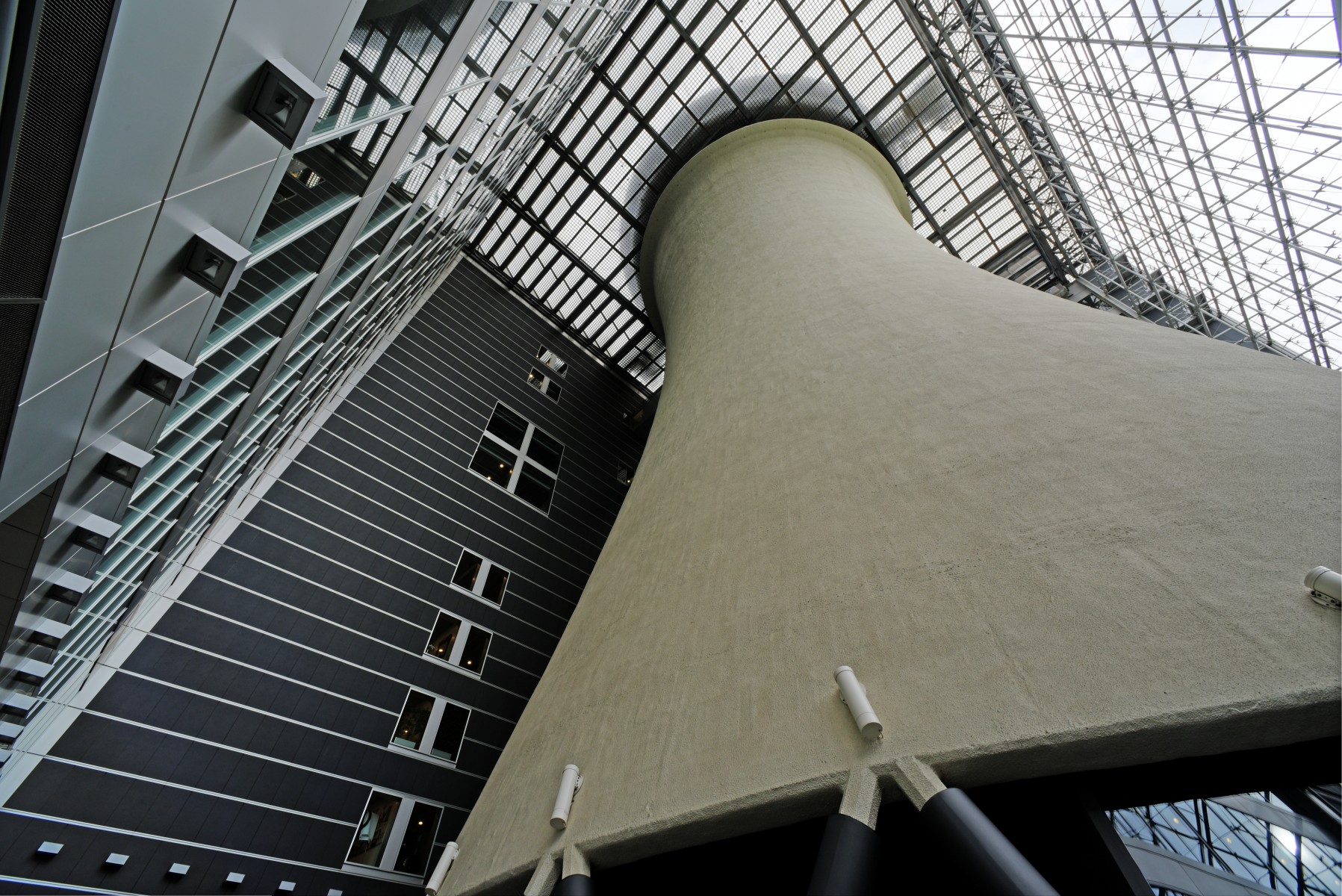PIRELLI: THE RESILIENCE OF CARRÈRE AND SEABROOK IN THE 2019 ANNUAL REPORT
THE VOLUME “THE ROAD AHEAD” ALSO ENHANCED WITH 8 ILLUSTRATED PANELS BY VISUAL ARTIST SELMAN HOŞGÖR
Milan, 18 June 2020 - Resilience is the theme at the centre of “The Road Ahead”, the 2019 edition of the Pirelli Annual Report which, continuing the now decade long tradition, tells the company’s story going beyond the numbers alone. This year the task of enriching the report, with previously unpublished texts and illustrations, was entrusted to the great author Emmanuel Carrère, the famous non-fiction writer John Seabrook, and the visual artist Selman Hoşgör.
The writers and visual artist involved in the project have thus looked at that capacity to react, change and improve which constitutes resilience. A capacity that typifies also those companies that, as has happened at Pirelli for almost 150 years, have been able to maintain and strengthen their identities by constantly adapting their business model, products and services to the evolution of the context in which they operate. Conceived before the changes imposed by Covid-19, the idea of resilience on which the project is based inevitably melds with the emergence of the pandemic, and takes the form of deep reflection which also touches the emergency we are living through in the pieces “Noon at our door” by Carrère and “The Zoom brigata” by Seabrook.
In his piece Carrère shares his reflections and reactions while writing a book during the pandemic: “We were all stunned by the fall of the Twin Towers, the mightiest historical event that had ever happened in our lifetime, but no writer, I think, thought that his novel about a love triangle or the first disillusions of his childhood had become obsolete after September 11, 2001. So what then? So it doesn't matter: I'm continuing, correcting, putting the finishing touches to my book on yoga. It may sound ridiculous but - if yoga is what I think it is -, it's not, and neither is trying to describe, not so much a little life, but through a little life, the aspiration to be who you want to be and the destructive forces that prevent you from being: our struggle, more or less, all of us. I go on like this: this is my form of resilience ».
John Seabrook sketches, on the other hand, a dialogue between friends on a virtual platform during the pandemic, like a story about the plague like the Decameron strictly linked to a fruitful epoch like the Renaissance: “Did you know that The Decameron was one of the first books printed?” “But what does The Decameron have to do with the Renaissance?” one of the brigata asked. “Only everything,” I replied. “Think of it: the world is ending, and five years later comes the first epic prose masterpiece of modern western literature. The canon begins with Boccaccio. And the moral of his story is, ‘As long as there is storytelling, humanity will go on.’ Even the Black Death couldn’t quench that life force. Is there a better example of human resilience in the face of unimaginable adversity than the Decameron?”
The two authors’ texts are accompanied by eight illustrated panels by Hoşgör, known for his colourful, playful and dynamic style, always able to surprise, entertain and move. Each of his panels one of the key words that identify Pirelli: Artificial Intelligence, Changes, City of Future, Connection, Resilience, Smart mobility, Sustainability and Velocity.
Pirelli’s collaborations with writers and artists is part of a long tradition which has led, over the years, to the involvement of many international personalities from the worlds of art and literature who have enriched Pirelli’s annual reports which creative content. The 2010 annual report, for example, was illustrated by photography students from Naba di Milano, who were asked to interpret the theme of sustainability. In 2011, it was the turn of the designer Stefan Glerum, who interpreted values typical of Pirelli such as trustworthiness, speed, technology and innovation. In 2012, instead, the Annual Report was enhanced by the work of New Yorker cartoonist Liza Donnelly, who interpreted in graphic form ten words chosen by a group of university students from around the world embodying the values they considered most significant for their future. In the 2013 annual report, on the other hand, the author and scriptwriter Hanif Kureishi coordinated 10 young international talents who reworked the idea of the “wheel” in the project “Spinning the Wheel”.
In 2014 it was street art’s turn in Pirelli’s integrated annual report, with three works by the Brazilian Marina Zumi, the German Dome and the Russian Alexey Luka, who examined themes typical of street art such as the road, mobility and multi-culturalism. The following year, in 2015, Pirelli engaged the Russian artist Pokras Lampas, an exponent of modern calligraphy, to represent the value of “uniqueness” (hence the volume’s title “Every Mark is unique”) using graphic elements and fingerprints. The Annual Report featured the text “Like the sentinel moon” by the writer Javier Marias.
In 2017, the Annual report “Data meets passion” told the story of Pirelli’s digital transformation with the volume’s artistic and written contributions coming from the artist Emiliano Ponzi and three writers of international fame: Mohsin Hamid, Tom McCarthy and Ted Chiang. In conclusion, the 2018 annual report, was dedicated to the 25th anniversary of ‘Power is nothing without control’, the slogan with which Pirelli is identified worldwide. To mark the occasion, the volume included images that evoked the concept ‘Power without control’ and with pieces from three authors of international fame: Adam Greenfield, Lisa Halliday and J.R. Moehringer.
Press area
The complete material can be downloaded here:
https://www.pirelli.com/2019annualreport_press/index.php
username: pressuser
password: AR2019
















